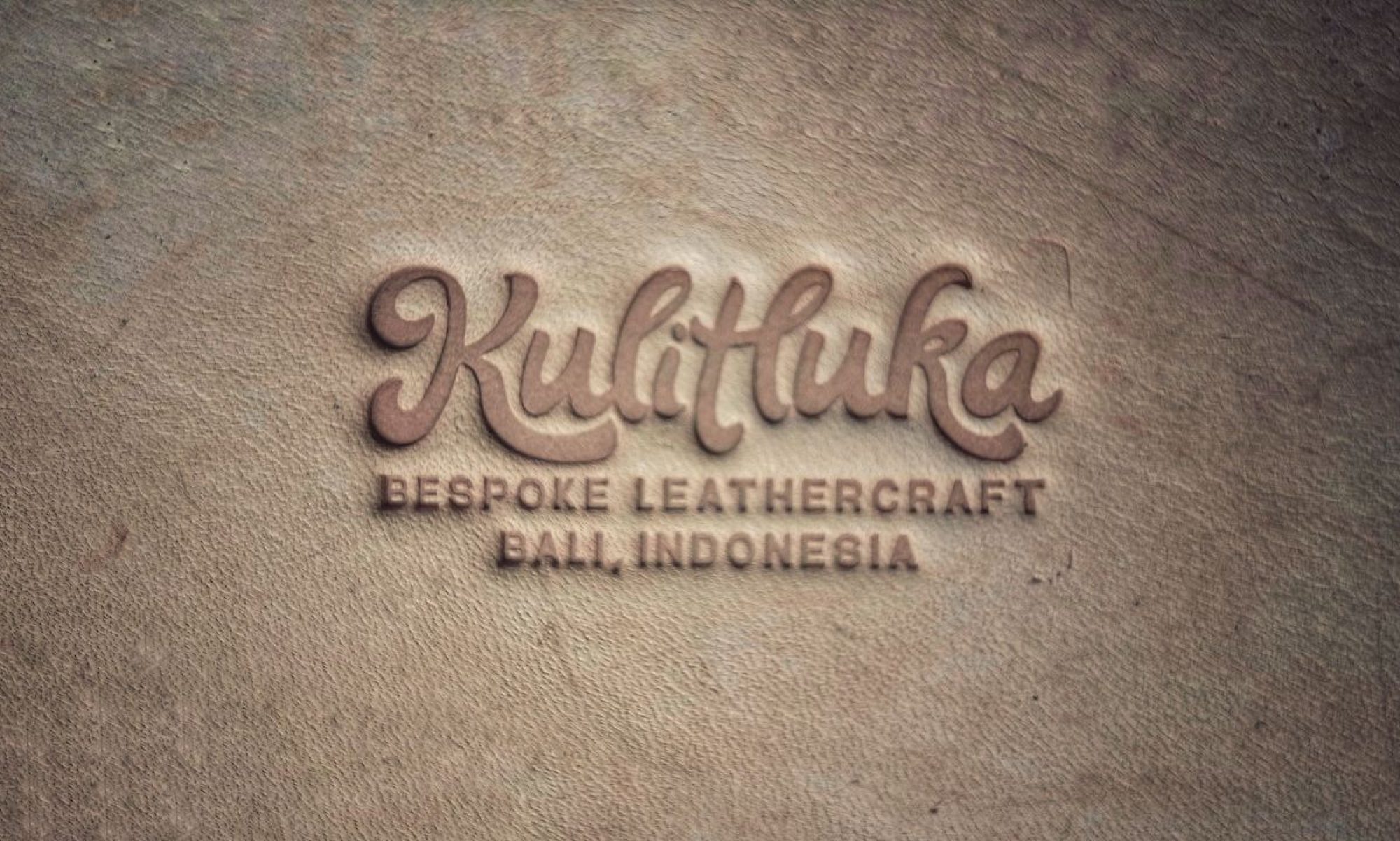
Leather enthusiasts often encounter overpriced, low-quality leather products due to unethical practices by tanneries and manufacturers. This is a quick guide how to identifying quality leather goods. By understanding the key aspects of leather craftsmanship, consumers can make informed decisions and avoid bad products. Whether you’re browsing for leather wallets, leather shoes, or leather jackets, knowledge of leather quality is essential to saving time and money. Here’s a detailed seven-step guide to help you spot high-quality leather goods.
Step 1: Assess the Leather Grade
When selecting leather goods, pay attention to the leather grade. Genuine leather encompasses multiple grades that indicate the bonding method. Avoid low-grade leather products that may be painted or glued to hide imperfections. For durability and authenticity, prioritize full-grain leather, renowned for its longevity and superior quality. Top-grain leather offers moderate durability and is commonly used in high-end designer wallets.
Step 2: Verify the Leather’s Source
The origin of leather plays a critical role in its quality. European leather is often considered premium due to meticulous production standards and eco-conscious practices. Conversely, leather sourced from countries like Brazil or India may lack environmental protection measures and use substandard hides, impacting product quality.
Step 3: Inspect the Scent of the Leather
Authentic leather possesses a rich, natural aroma, distinguishing it from fake or chemically-treated variants, which often smell like plastic. Be cautious of products with faint leather scents, as they could indicate lower-quality hides. Opt for leather goods with a robust and genuine leather smell, a hallmark of fine craftsmanship.
Step 4: Examine the Texture
High-quality leather feels soft and natural, not plastic-like. Split leather covered with polyurethane (PU) coatings or products with visible blemishes may suggest inferior quality. Skilled artisans craft leather with a fine texture, avoiding the use of bonded leather made from scraps.
Step 5: Evaluate Stitching Quality
Straight, clean stitches are indicative of skilled craftsmanship. Hand-sewn leather goods often display superior durability and aesthetic appeal. If opting for machine-stitched products, ensure the bottom threads are neatly finished, as poor stitching often signifies cheaply manufactured goods.
Step 6: Check the Edges
Properly tanned leather has smooth, flawless edges. Blue-edged leather may indicate incomplete tanning, while painted edges may conceal blemishes. Run your thumbnail across the edges to test durability. High-quality leather maintains its structure and finish even under scrutiny.
Step 7: Review Pocket Thinness
Thin pockets in wallets and jackets reflect meticulous craftsmanship and reduced bulk for practicality. Well-crafted leather products prioritize functionality without compromising quality. Regardless of the intended use—whether for carrying essentials or complementing your style—investing in high-quality leather ensures longevity and timeless appeal.


